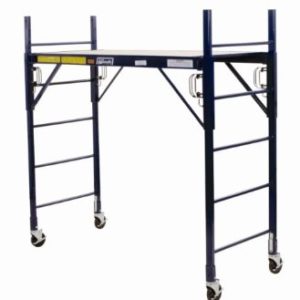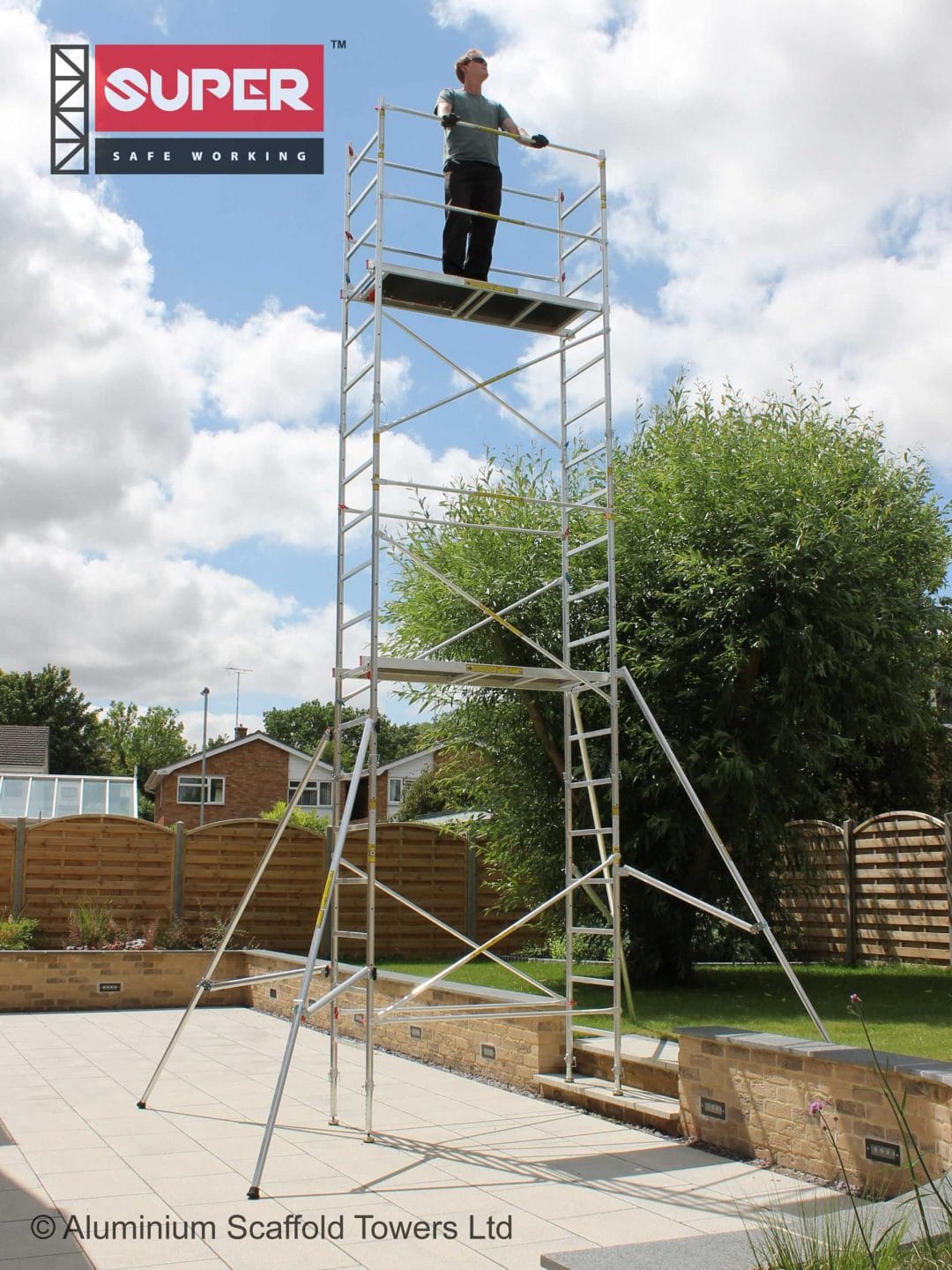Emergency Scaffolding Services: Rapid Feedback Solutions
Scaffolding Rules: What You Need to Know ========================================
Understanding scaffolding policies is necessary for employee safety and security in construction. Laws established by OSHA cover layout, weight ability, and evaluations. Different systems like modular and suspended deal adaptability for jobs. Normal assessments and quick modifications assure security. Educating for setting up and fall protection is important. Current modifications in laws might impact requirements. Stay notified for a comprehensive grasp of scaffolding security.
Importance of Scaffolding Rules
Recognizing the importance of complying with scaffolding regulations is vital in ensuring the safety of workers and the public on building websites. Security compliance within the building market is not only a crucial demand but additionally an ethical responsibility to shield people from damage. By adhering to stringent scaffolding regulations, firms can properly manage threats connected with operating at elevations, heavy tons, and prospective threats. rent scaffolding
Threat administration plays a crucial function in carrying out scaffolding regulations. Identifying possible dangers, assessing their possibility and prospective impact, and taking positive measures to mitigate these threats are essential action in guaranteeing a secure workplace. Adherence to laws assists in lowering crashes, injuries, and deaths connected to scaffolding activities. It additionally advertises a society of safety and security consciousness amongst workers and emphasizes the importance of complying with correct treatments and standards.
OSHA Specifications for Scaffolding
The Occupational Safety And Security and Health And Wellness Administration (OSHA) has set robust standards for scaffolding to assure the safety and security of employees in the building market. These guidelines are in place to prevent accidents and ensure that scaffolding systems are set up and used properly.
OSHA's safety guidelines for scaffolding cover facets such as the style, building and construction, and placement of scaffolds, as well as the proper use scaffolding tools and fall protection actions.
According to OSHA criteria, scaffolds should be able to sustain their very own weight and at least four times the optimum meant tons without failure. They must additionally be geared up with guardrails, midrails, and toeboards to avoid drops. Normal inspections, usually done by an experienced individual, are essential to identify and deal with any type of potential threats without delay.
Adherence to OSHA laws is crucial for construction companies to keep a risk-free working environment and stay clear of costly penalties. By complying with OSHA's safety standards for scaffolding, companies can secure their employees from crashes and develop a society of safety and security on building and construction websites.
Types of Scaffolding Equipments
Different scaffolding systems are made use of in the building and construction sector to supply temporary support for employees and materials at elevated heights. 2 usual sorts of scaffolding systems are modular scaffolding and suspended scaffolding.
Modular scaffolding, also called system scaffolding, is preferred as a result of its convenience and convenience of assembly. It consists of pre-engineered components that can be rapidly connected and adjusted to suit various job needs. Modular scaffolding is well-suited for tasks that need constant reconfiguration or where access requires might change throughout building.
On the various other hand, put on hold scaffolding is a system that hangs from the top of a structure rather than being sustained from the ground. It is typically made use of for tasks like window washing or outside structure maintenance. Put on hold scaffolding provides unrestricted accessibility to the exterior of a structure and is ideal for projects where ground-based scaffolding is not practical or difficult. Both modular scaffolding and suspended scaffolding play essential functions in ensuring the safety and efficiency of building and construction jobs at raised heights.
Scaffolding Assessment Demands
Checking scaffolding is a crucial element of guaranteeing construction website safety and security and conformity with guidelines. The frequency and requirements for scaffolding assessments are essential to preserving a risk-free work environment. According to regulations, scaffolding should be examined by an experienced person before each job shift and after any type of occasion that could impact its structural honesty, such as severe weather conditions or impact from equipment. Additionally, official assessments must be conducted at regular periods, commonly weekly, to guarantee recurring conformity with safety criteria.
Conformity with inspection requirements is pivotal to prevent mishaps and assure the stability of the scaffolding framework. Any type of offenses identified during assessments have to be promptly dealt with and fixed to minimize possible risks to workers. Common offenses include missing or damaged parts, inadequate supporting, incorrect planking, and overloading. Normal and detailed evaluations, in addition to speedy restorative activities for any non-compliance, are necessary to preserving a secure scaffolding system on building and construction sites.
Training and Certification for Individuals
To ensure the safe use scaffolding on construction websites, proper training and accreditation for individuals are necessary. Qualification demands for scaffolding users differ depending on the place and kind of scaffolding being made use of. In the majority of areas, customers are called for to complete a training program that covers topics such as scaffold assembly, inspection, risk-free use, and fall defense. These training programs are made to make certain that individuals making use of scaffolding have the essential expertise and skills to work securely at elevations.

Accreditation needs might also consist of demonstrating efficiency in erecting and taking apart scaffolding, recognizing weight capabilities, and recognizing just how to determine possible threats. Companies are commonly in charge of ensuring that their workers receive the appropriate training and accreditation prior to permitting them to utilize scaffolding on site. Regular correspondence course might be necessary to maintain qualifications as much as day and strengthen secure methods. By mandating training programs and accreditation requirements, authorities intend to minimize the risk of crashes and injuries connected to scaffolding usage.
Recent Modifications in Scaffolding Regulation
Current adjustments in scaffolding regulations have produced new safety and security demands that are forming the building market.
These guidelines are influencing exactly how scaffolding is made use of on job sites and are affecting safety procedures to make sure workers are much better safeguarded.
It is crucial for those in the construction market to remain enlightened and certified with these progressing regulations to maintain a secure work environment.
New Safety And Security Needs
Extensive safety and security protocols have been executed as part of the current modifications in scaffolding legislations to enhance work environment defense for construction employees. Safety and security training has actually ended up being a prime focus, ensuring that employees are adequately prepared to deal with scaffolding tools and operate at elevations securely.
These new needs mandate that all employees receive thorough safety training prior to taking part in any scaffolding activities. stair access scaffolding In addition, enforcement measures have been strengthened to assure compliance with these safety procedures. Inspections are being performed a lot more frequently, and serious repercussions remain in area for non-compliance.
Impact on Building Industry
With the recent modifications in scaffolding legislations, the construction sector is experiencing a substantial change towards increased safety standards and boosted responsibility.
These adjustments have actually had a significant effect on labor efficiency within construction projects. The requirement to abide by more stringent laws has resulted in an extra organized and safety-oriented method to scaffolding usage, which subsequently has influenced the general performance of labor on construction sites.
In addition, the upgraded regulations have actually introduced expense effects for construction companies. While making certain compliance can lead to raised initial prices as a result of the execution of much safer scaffolding systems, in the long-term, it can cause minimized expenses pertaining to accidents, injuries, and lawful issues, ultimately benefiting both workers and companies.
Often Asked Inquiries
Can Scaffolding Laws Vary From State to State in the Us?
Yes, scaffolding regulations can vary from one state to another in the US. These distinctions might consist of variants in safety steps, evaluation demands, training standards, and allowable products. It is essential to recognize and adhere to the specific policies in each state.

Are There Certain Weight Limitations for Scaffolding Systems?
Weight limits on scaffolding systems are important for safety and security. These constraints vary based on the type of scaffolding and tons capacity. Abiding by weight standards ensures structural integrity and reduces the threat of mishaps, stressing the relevance of safety precautions.

Exactly How Commonly Should Scaffolding Equipments Be Checked for Safety?
Scaffolding systems need to be looked for security consistently to ensure conformity with regulations and stop crashes. The regularity of evaluation depends on variables such as use, environmental conditions, and producer suggestions, usually ranging from once a week to month-to-month. Set up upkeep is important.
Are There Any Type Of Specific Demands for Training on Specialized Scaffolding Equipments?
Specialized training for scaffolding systems entails details certification requirements to assure risk-free procedure. Training must cover the one-of-a-kind functions and hazards of specialized systems, emphasizing appropriate assembly, use, and dismantling treatments for maximum security compliance.
Are There Any Penalties for Non-Compliance With Scaffolding Regulations?
Non-compliance with scaffolding laws can bring about potential fines and enforcement activities. Failure to follow these guidelines might lead to expensive consequences, lawful concerns, and endangered precaution, highlighting the value of rigorous conformity.
Verdict
To summarize, adherence to scaffolding regulations is necessary for guaranteeing the safety and security of workers and preventing crashes on building websites.
OSHA standards lay out the requirements for appropriate scaffolding use and inspection. Various types of scaffolding systems have details guidelines that should be complied with.
Training and qualification are crucial for individuals to understand how to safely collaborate with scaffolding. Stay updated on any kind of current adjustments in scaffolding laws to preserve compliance and maintain security criteria.